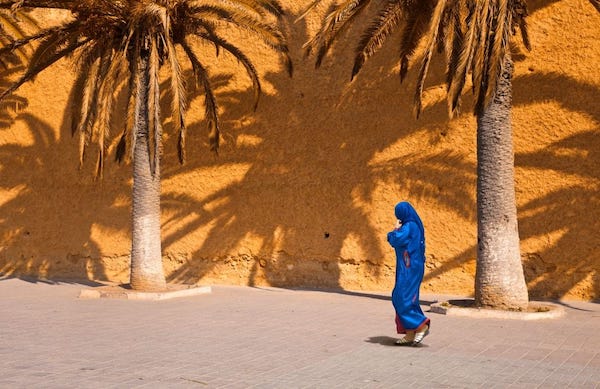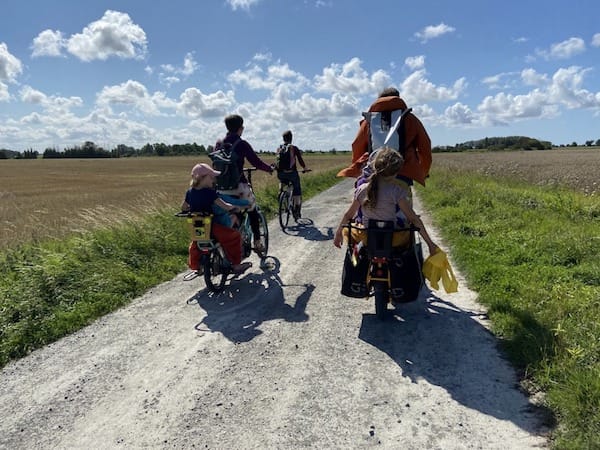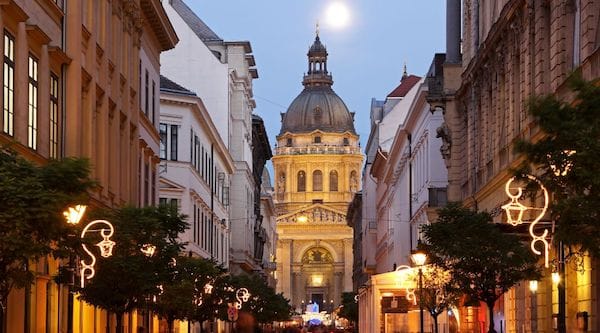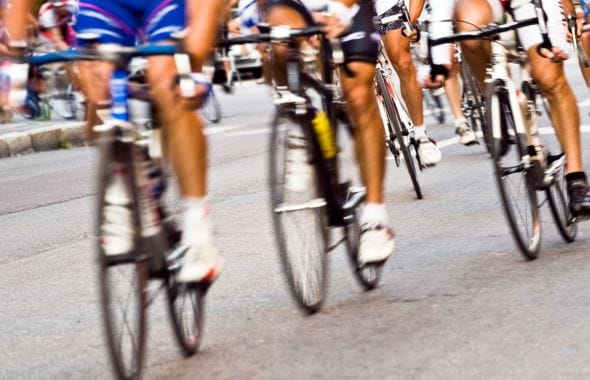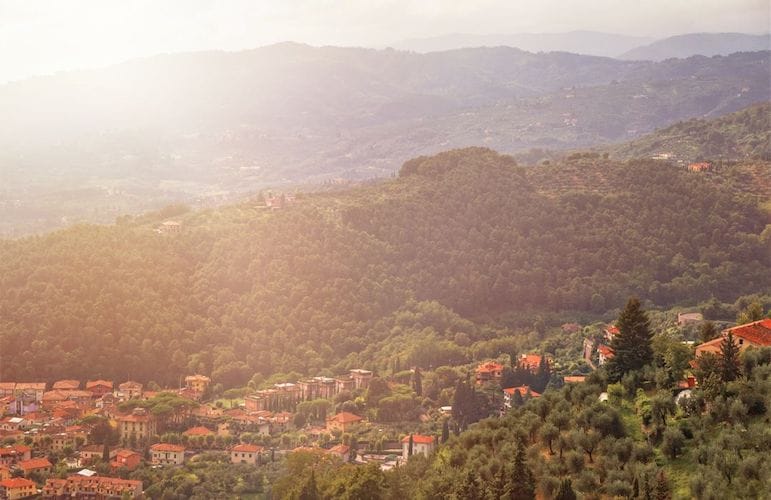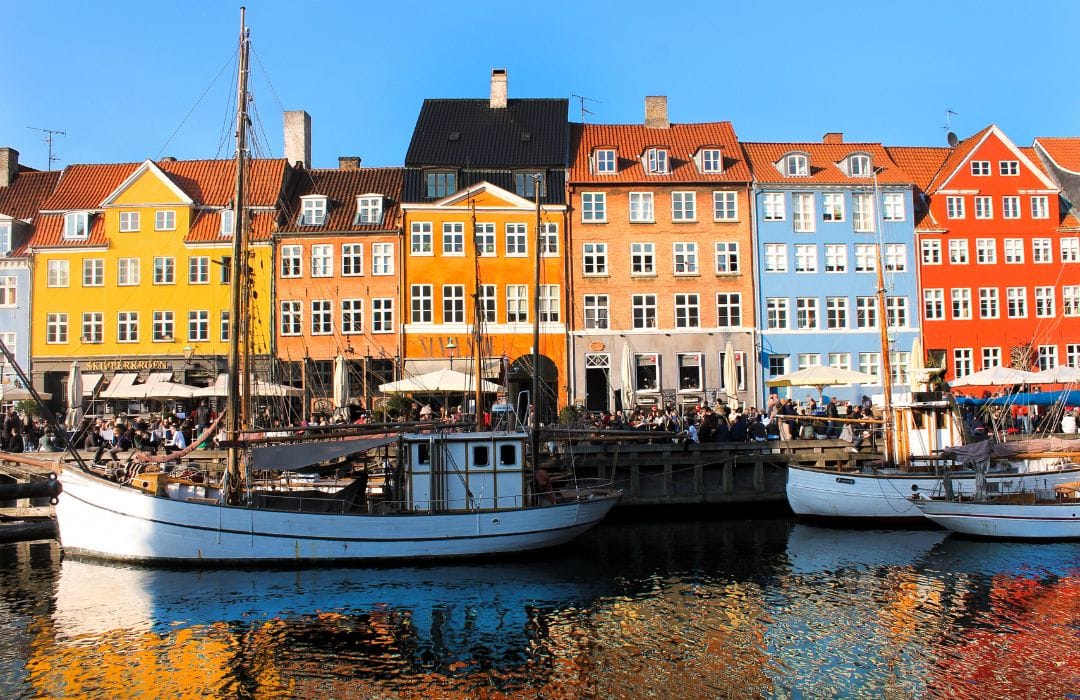
In 2017 I ran the Copenhagen marathon.
It’s an event that most athletes would fly to but, having quit flying eight years before, I set about planning the route by train.
This would be the first time I had travelled through multiple countries by train, and my first experience of the Eurostar.
The route itself was surprisingly easy, if long: London to Brussels on the Eurostar, then a train to Cologne, another to Hamburg and a final train to Copenhagen. It’s not quite possible to do this in a single day, so I chose to stay overnight in Brussels on the way out, and overnight in Hamburg on the way back.
I don’t know if all first-time Eurostar travellers feel the same, but it felt like no one seemed bothered that we were travelling under the English Channel. For someone who had only ever crossed the water on a slow boat, this seemed like a missed opportunity. Where was the on-screen map showing where we were? Where was the cartoon of fishes swimming alongside the train? Hell, let’s go full London Aquarium experience with a glass roof!
Emerging from the tunnel, it felt just like England, but with subtle differences: a distinctly French church spire, and some distinctly French tiles on the roofs. Those comparisons continued as we journeyed first into Belgium and then Germany and eventually Denmark, and I started to appreciate just how much slow travel shows you how cultures and geography connect. It made me understand more than ever that, though travel helps us understand the world better, I don’t think air travel does. Being lifted straight out of one country and dropped into another, with no concept of how those two are linked, removes a key component of what travel is all about. We miss out on the richness of the experience, and don’t learn about our fellow man at all – at least, not in the way that you do on a train (on this one I learned a lot more than I wanted about my neighbour’s concern over her cat).
The overnight stop in Brussels was brief but fun: obligatory beer and frites in the bar opposite the station, given that I was staying right there in order to make the next morning’s departure a little smoother. The most memorable stop was Cologne, without doubt. It came at mid-morning snack time, so I strolled out of the station and across the square in search of coffee and croissants, wowed by the magnificent cathedral that stands alongside Cologne Hauptbahnhof. Usually you’d have to seek out such treasures. In Cologne, you step out of the station and there she is, waiting to greet you.
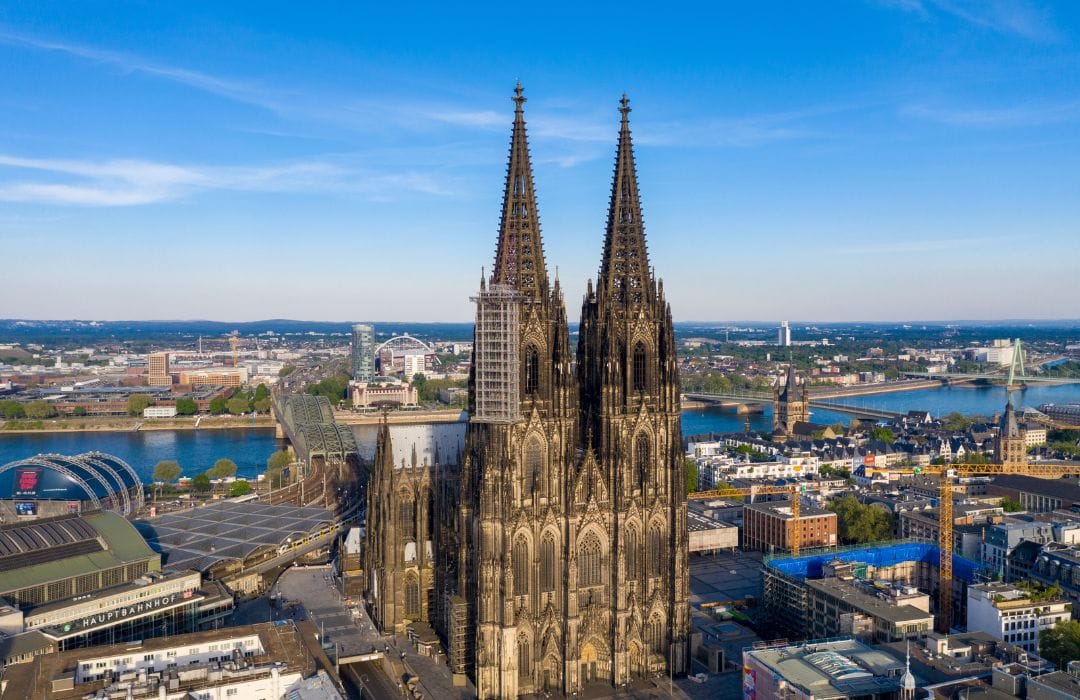
After one last connection in Hamburg it was onto the final leg, by far the most anticipated and mind-boggling section. Sadly, this doesn’t happen any more, but back then, the train travelled from Germany to Denmark on the Puttgarden-Rødby train ferry. That’s right: the train goes onto a ferry. If you can’t picture it, here’s what happens: the train rolls into the port. The ferry is there waiting, having loaded its road and foot passengers. The crew makes sure the rails on the ferry align with the rails on the ground. The train slowly and carefully rolls forwards until every carriage is enclosed within the belly of the ship. The gangplank comes up, and we all disembark, climbing the stairs past a sign that shows cars on one deck, cars on another deck, and a train on the bottom deck, as a reminder of just how nuts this is.
In the end, the travel companies decided that this was a bit of a faff (which, to be fair, it is), so the train is now routed on the longer, but quicker, land route across the Germany/Denmark border. A win for efficiency, but a loss for ingenuity and adventure.
The evening arrival in Copenhagen was followed by a day exploring the city and registering for my race which would take place the next day. I did all the usual tourist things: the Little Mermaid, Tivoli Gardens, Nyhavn. I also spent a lot of money, which is another standard tourist thing for Denmark, notoriously one of the more expensive places you could go for the weekend.
Many people would think me crazy for running a marathon; my fellow runners probably thought I was crazy for then spending the next day and a half sitting on a train. Just a few hours after triumphantly crossing the finishing line I was back on the rails, speeding towards the Baltic coast for the ferry crossing again. It was a welcome opportunity to stretch out my muscles (though I couldn’t manage the stairs) and eat as much as possible. After having pigged out in the hotel as soon as the marathon was over, then stopping for a sandwich on the way to the train station, I demolished several plates of rice and vegetables at the on-ferry buffet.
The Hamburg stop-over was less about the sightseeing and more about the Chinese restaurant not far from the hotel. I usually struggle to finish a full Chinese meal. Not this time.
After another day on trains, again connecting in Cologne and Brussels, I arrived home, a full day after my fellow runners. Does this kind of travel take longer than flying? Undoubtedly. I took two days off work to facilitate this trip: a Friday and a Monday, with the departure on the Thursday night. Those who flew could legitimately have left home on Saturday morning and arrived back the following evening. Was it more expensive? I’m pretty sure it was, although probably not as much as you’re thinking: less than £200 return. Was it more enjoyable? Wholeheartedly yes. It’s a cliche because it’s true: flight-free travel is part of the holiday. But it wasn’t just that, it was the value that taking the train added. Yes, the unique and mind-rattling train-on-ferry experience. Yes, the multiple city breaks along the way. But more subtle than that: the shifting views out of the window, the shifting languages on the trains, the shifting cultures in the cities we passed through. Slow travel gives you so much more than air travel ever could.
Practically, I don’t expect many others would join me in a quick train dash to Copenhagen, and I’m not sure I would do it again. It’s just a bit too far to make it work in a weekend… but there are many other places that are perfectly accessible for a couple of days, especially as sleeper trains are opening up Europe to more time-efficient flight-free travel. Maybe these further-flung places can be saved for a longer trip – and then why stop at Copenhagen? Why not incorporate Malmö, Gothenberg, even Stockholm?
